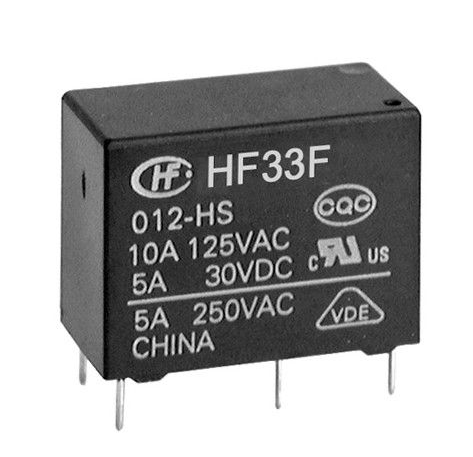As an indispensable component in electronic control systems, relays are represented in circuit diagrams and contact configurations that every electronic component expert must be proficient in. This article aims to provide an in-depth look at the electrical symbols of relays and the form of their contacts, and to provide a systematic understanding framework that promotes a deep understanding of the functions and applications of this critical component.
First of all, the coil of the relay is usually represented by one or more parallel rectangular symbols in the circuit diagram to clearly indicate its existence. When a relay is configured with two coils, accordingly, two such symbols will appear side by side on the circuit diagram. In order to distinguish and identify, each rectangular symbol will be marked with the relay's special text symbol "J" inside or next to it. This marking rule ensures the clarity and consistency of the circuit design.
There are two basic representation methods for relay contacts to cope with different circuit design needs. One method is to draw the contacts directly on one side of the rectangular symbol representing the coil, and this method is widely used because of its intuitiveness. Another method is to disperse the contacts into their respective control circuits according to the specific needs of the circuit connection. This requires marking consistent text symbols next to the contacts of the same relay and its corresponding coil, and numbering the contact groups for easy distinction and identification.

Further, the contact configuration of the relay can be divided into three basic types, each type has its specific symbolic representation and working principle. The first is the moving contact (H type), which is characterized by being in an open state when the coil is not energized; and once the coil is energized, the contacts are closed. This type of contact is marked with "H", which intuitively reflects its "close" action characteristics. Secondly, the moving-breaking contact (D type) is exactly the opposite of the moving-making type. The contact is closed when it is not energized, and the contact is open after being energized. It is marked with "D" to indicate its "off" function. . Finally, the transfer contact (Z type) provides more complex control functions. It consists of three contacts, including one moving contact and two static contacts. In different electrical states, the movable contact can switch from one static contact to another, thereby completing the state conversion. This contact group is identified by "Z".
Through the above detailed analysis, we not only have a clear understanding of the representation method of relays in circuit diagrams and the configuration types of contacts, but also have an in-depth discussion of the working principles and applications of various types of contacts. This systematic understanding is not only part of the basic skills for electronic component experts, but also indispensable knowledge when designing and optimizing electronic control systems.
